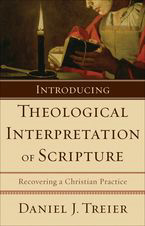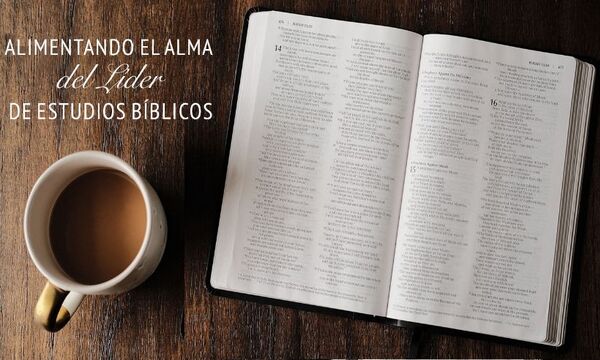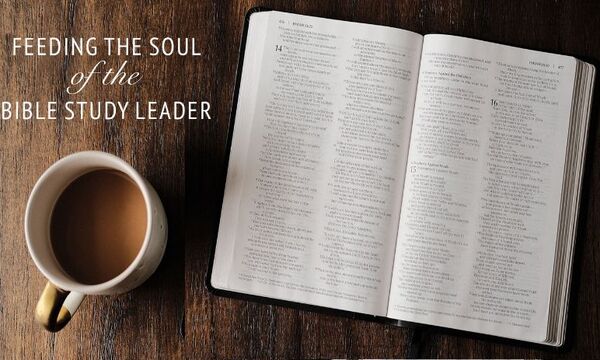 A question I receive repeatedly, and a good one at that, is: “What is the theological interpretation of Scripture?” If you’ve heard this phrase bandied about and are still not sure what it means, you’re certainly not alone. There aren’t many concise and clear definitions of it, though there are a number of descriptive accounts. To begin, the theological interpretation of Scripture (TIS) is not so much a method, but a mode of interpretation; not a neatly defined set of steps, but a set of concerns. A helpful definition I borrow (in slightly altered form) from another author defines the theological interpretation of Scripture as the reading of biblical texts that consciously seeks to do justice to the theological nature of these texts and embraces the influence and direction of theology on the interpreter’s enquiry, context, methods, and results. From this definition we can derive three of the central and somewhat defining concerns that animate most advocates of TIS: reaction, retrieval, and rules.
A question I receive repeatedly, and a good one at that, is: “What is the theological interpretation of Scripture?” If you’ve heard this phrase bandied about and are still not sure what it means, you’re certainly not alone. There aren’t many concise and clear definitions of it, though there are a number of descriptive accounts. To begin, the theological interpretation of Scripture (TIS) is not so much a method, but a mode of interpretation; not a neatly defined set of steps, but a set of concerns. A helpful definition I borrow (in slightly altered form) from another author defines the theological interpretation of Scripture as the reading of biblical texts that consciously seeks to do justice to the theological nature of these texts and embraces the influence and direction of theology on the interpreter’s enquiry, context, methods, and results. From this definition we can derive three of the central and somewhat defining concerns that animate most advocates of TIS: reaction, retrieval, and rules.
Reaction. Much biblical scholarship in the modern era is marked by the desire to be “scientific.” One is to approach the Bible objectively, focusing on the history behind the text, while bracketing out (or leaving behind altogether) theological commitments in the reading of the text. Only in this way, it was thought, could one arrive at meaning—objective, unbiased truth. TIS, following some of the impulses of postmodernity, calls that whole modern academic enterprise into question in at least three ways: (1) by objecting to the objectivity of modern critical methods and assumptions; (2) by underscoring the impossibility of neutrality in any inquiry, including biblical interpretation; and (3) by emphasizing the positive potential of Christian doctrinal commitments in reading Scripture. The bottom line: Away with anti-supernaturalistic, detached, so-called objectivity, and let us read the Bible for what it is—Holy Scripture.
Retrieval. As one way of departing from these modern ways, many TIS folk are returning to pre-critical, pre-modern modes of interpretation, viewing these as more faithful to the character of Scripture. Some want to retrieve the medieval fourfold sense of Scripture, while others merely want to appeal to past figures as exemplars of faithful theological approaches to the Bible as the Word of God.
Rules. TIS encourages reading Scripture according to certain “rules.” By “rules” I refer to theological commitments, “Rule(s) of faith,” and confessional or creedal statements that are formed by attention to Scripture, but are then used to help guide the reading of Scripture. Theology is not merely something we derive from Scripture but something we bring, and should bring, to it. It is impossible and undesirable to read the Bible “objectively.” At a basic level, theology challenges readers of Scripture to recognize their own assumptions and potentially affirm or revise them in light of Scripture. More importantly, theology may actually illumine the Scriptures so that the reader can see what actually is there, which may otherwise have been difficult.
This, in (very) brief, is what TIS is about.
Some Resources. The best, user-friendly introductions to TIS I’ve encountered include:
- Daniel Treier, Introducing Theological Interpretation of Scripture: Recovering a Christian Practice (Baker, 2008). This surveys the various factors that have contributed to the increased interest in TIS, while providing the contemporary lay of the land.
- J. Todd Billings, The Word of God for the People of God: An Entryway to the Theological Interpretation of Scripture (Eerdmans, 2010). This provides a constructive proposal for how to approach TIS, while answering what TIS might look like in practice.
- D. Christopher Spinks, The Bible and the Crisis of Meaning: Debates on the Theological Interpretation of Scripture (T & T Clark, 2007), chap. 1. I borrowed my definition above from his first chapter, which very helpfully outlines TIS.
 Biola University
Biola University
.jpg)


.jpg)